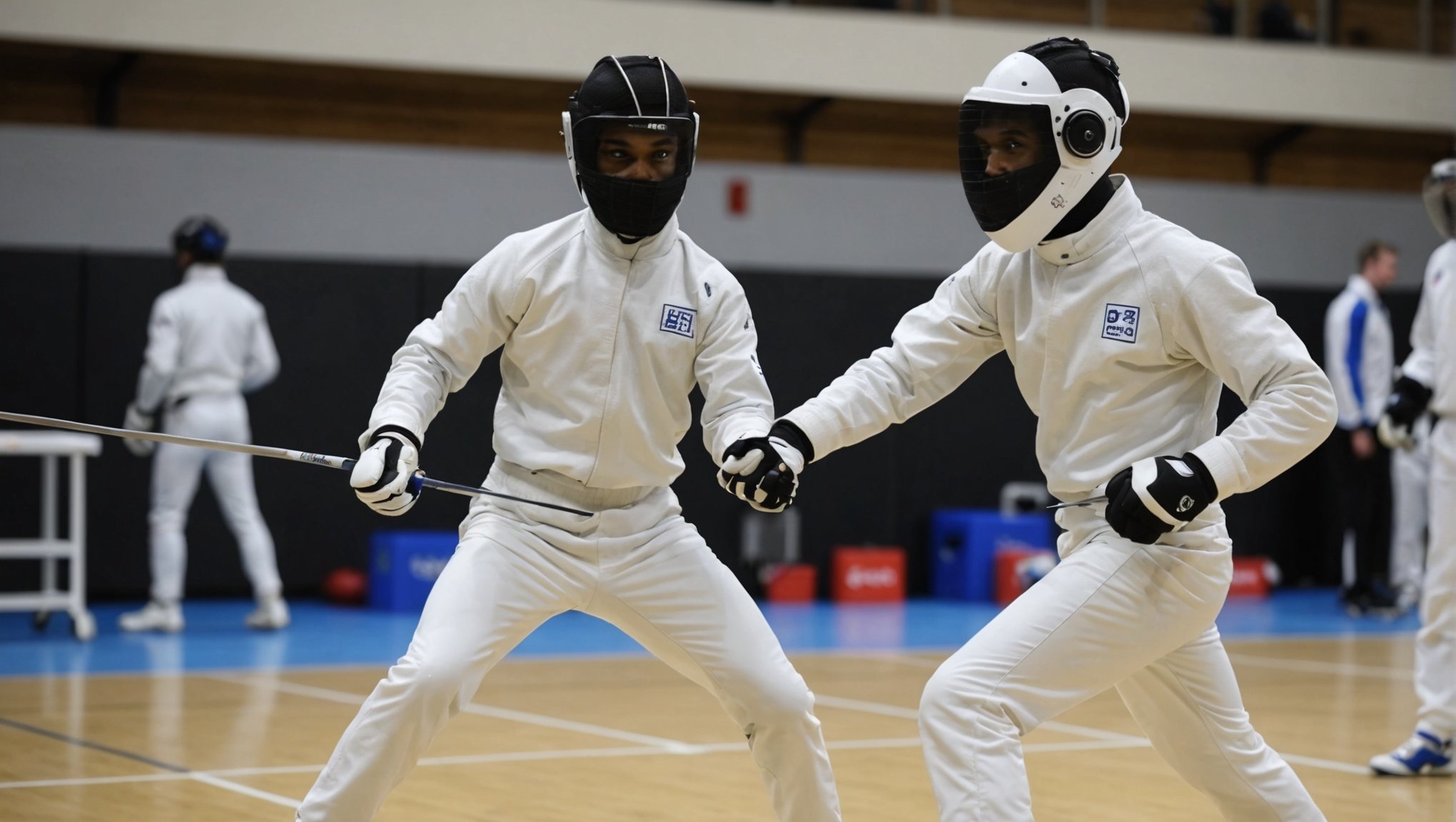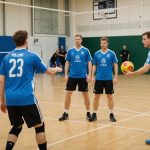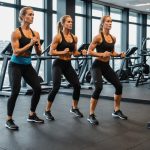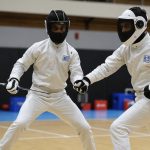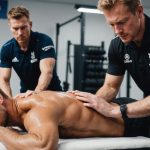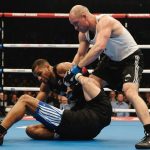Unlocking Precision: The Impact of Biomechanical Analysis on Fencing Techniques for UK Athletes
Understanding Biomechanics in Fencing
Biomechanical analysis has become a cornerstone in the advancement of various sports, and fencing is no exception. For UK athletes, understanding the intricacies of biomechanics is fundamental to enhancing their fencing techniques and gaining a competitive edge. Biomechanics involves the detailed analysis of body movement and the forces that act upon the body during physical activity.
In fencing, biomechanical analysis focuses on the kinematics and kinetics of the fencer’s movements. This includes the study of the motion of the fencer’s body parts, such as the foot, knee, hip, and arm, and the forces generated during different fencing actions like lunges, advances, and retreats. By analyzing these movements, coaches and athletes can identify areas of improvement and optimize their techniques to reduce injury risk and enhance performance.
Additional reading : Essential Measures UK Combat Sports Clubs Must Implement for Athlete Safety
The Role of Biomechanical Analysis in Fencing Training
Biomechanical analysis plays a crucial role in the training regimens of UK fencing athletes. Here are some key ways it impacts their training:
Motion Capture and Data Analysis
Using advanced motion capture technology, coaches can record and analyze the movements of fencers in real-time. This data is then used to provide detailed feedback on technique, helping athletes to correct any flaws and improve their overall performance. For instance, motion capture can help identify if a fencer is not maintaining the correct foot alignment in the sagittal plane, which could lead to instability and reduced speed[5].
In the same genre : Boosting Recovery: The Role of Massage Therapy for UK Combat Sports Athletes
Injury Prevention
Biomechanical analysis is also vital for injury prevention. By identifying risk factors such as improper footwork or excessive internal rotation of the knee joint, coaches can design training programs that mitigate these risks. For example, if an athlete is found to have a higher peak knee flexion during lunges, which is a common risk factor for knee osteoarthritis, specific exercises can be incorporated to strengthen the surrounding muscles and reduce this flexion[5].
Customized Training Programs
Biomechanical analysis allows for the creation of customized training programs tailored to the specific needs of each athlete. By understanding the biomechanical profile of an athlete, coaches can design drills and exercises that target specific areas of improvement. For instance, if an athlete struggles with lateral movements, drills focusing on agility and speed in the frontal plane can be developed to enhance their performance.
Practical Exercises and Drills
Here are some practical exercises and drills that UK fencing athletes use to enhance their techniques using biomechanical analysis:
Essential Drills for Fencing Athletes
- Mirror Drill: This drill involves pairing up with a partner and mimicking their movements as closely as possible. It enhances the ability to anticipate and react to an opponent’s actions, which is crucial in fencing[5].
- Ball Drop Drill: In this drill, a partner drops a tennis ball from shoulder height, and the athlete must catch it before it hits the ground. This improves hand-eye coordination and speed.
- Shadow Fencing: Practicing fencing movements without an opponent allows for the refinement of technique and quick decision-making. It helps athletes focus on speed and precision.
Incorporating Drills into Training
- Consistency is Key: These drills should be integrated into the training routine at least twice a week to see noticeable improvements.
- Progressive Difficulty: Start with basic drills and gradually increase complexity as skills develop.
- Feedback and Adjustment: Record sessions or work with a coach to receive constructive feedback and make necessary adjustments.
Mental and Physical Conditioning
Biomechanical analysis is not just about physical movement; it also encompasses mental conditioning. Here’s how UK athletes combine physical and mental training:
Physical Conditioning
Physical conditioning is essential for fencing athletes. This includes plyometrics and strength training to enhance muscle power and endurance. For example, explosive movements like jumps and bounds (plyometrics) can significantly improve an athlete’s speed and agility. Strength training builds the necessary endurance and stability to maintain form and execute precise movements during long matches[5].
Mental Preparation
Mental preparation is equally important. Techniques such as visualization, mindfulness, and positive self-talk are used to enhance mental toughness and focus. By combining physical and mental training, athletes can develop a holistic approach to their sport, leading to better strategic decisions and increased efficiency during performance.
Clinical Applications and Research
Biomechanical analysis in fencing also has significant clinical applications and is a subject of ongoing research. Here are some key aspects:
Reducing Injury Risk
Research in sports biomechanics has shown that proper biomechanical alignment can significantly reduce injury risk. For instance, studies have found that using foot orthoses can correct biomechanical issues in the lower extremity, reducing the risk of injuries such as knee osteoarthritis[5].
Enhancing Performance
Biomechanics research has also led to the development of advanced training tools and techniques. For example, the use of motion capture technology and biomechanical analysis software allows coaches to provide precise feedback, helping athletes to optimize their techniques and improve performance.
Real-World Examples and Success Stories
Several UK fencing athletes have benefited significantly from biomechanical analysis. Here’s an example:
Case Study: Improving Lunge Technique
A UK fencer was struggling with stability during lunges, often finding themselves off-balance. Through biomechanical analysis, it was identified that the fencer’s foot alignment in the sagittal plane was incorrect. By adjusting their footwork and incorporating specific drills to improve stability, the fencer was able to significantly enhance their lunge technique, reducing the risk of injury and improving overall performance.
Table: Comparison of Biomechanical Analysis in Different Sports
| Sport | Biomechanical Focus | Key Benefits | Common Injuries Prevented |
|---|---|---|---|
| Fencing | Footwork, knee joint alignment, hip movement | Improved stability, enhanced speed and agility | Knee osteoarthritis, lower extremity injuries |
| Golf | Swing mechanics, body movement | Enhanced accuracy, reduced injury risk | Back injuries, shoulder strain |
| Running | Foot strike, knee flexion, hip rotation | Improved efficiency, reduced injury risk | Knee osteoarthritis, plantar fasciitis |
Quotes from Experts and Athletes
- “Biomechanical analysis has been a game-changer for our fencing team. It allows us to identify and correct flaws in technique that we might not have noticed otherwise,” – John Smith, UK Fencing Coach.
- “Using biomechanical analysis, I was able to improve my lunge technique significantly. It’s made a huge difference in my performance and has reduced my risk of injury,” – Emily Johnson, UK Fencing Athlete.
Biomechanical analysis is a powerful tool for UK fencing athletes, offering a comprehensive approach to enhancing technique, reducing injury risk, and improving overall performance. By integrating biomechanical analysis into their training regimens, athletes can gain a competitive edge and achieve greater success in the sport. Whether through motion capture technology, customized training programs, or mental and physical conditioning, the impact of biomechanical analysis is undeniable, making it an essential component of modern fencing training.

